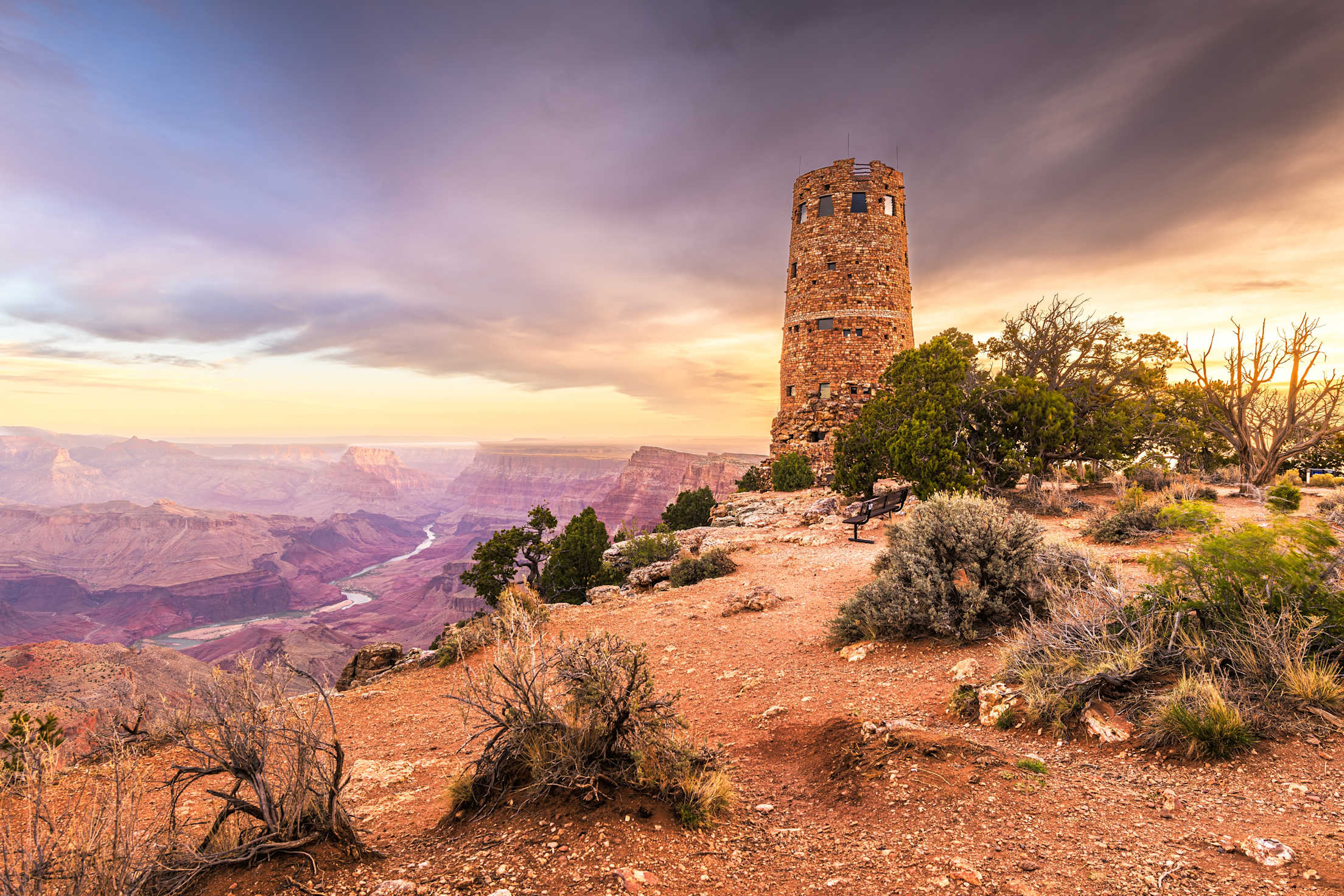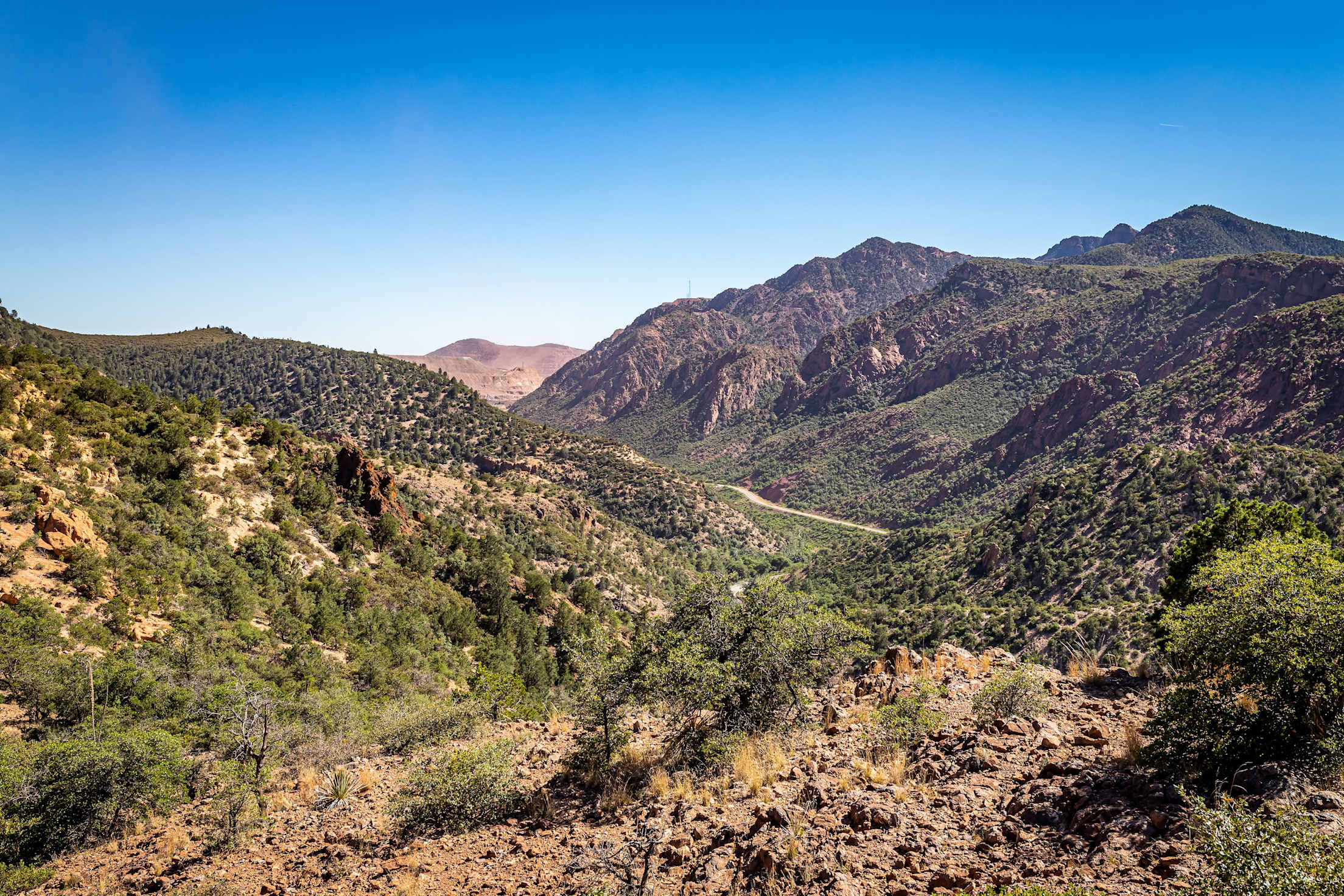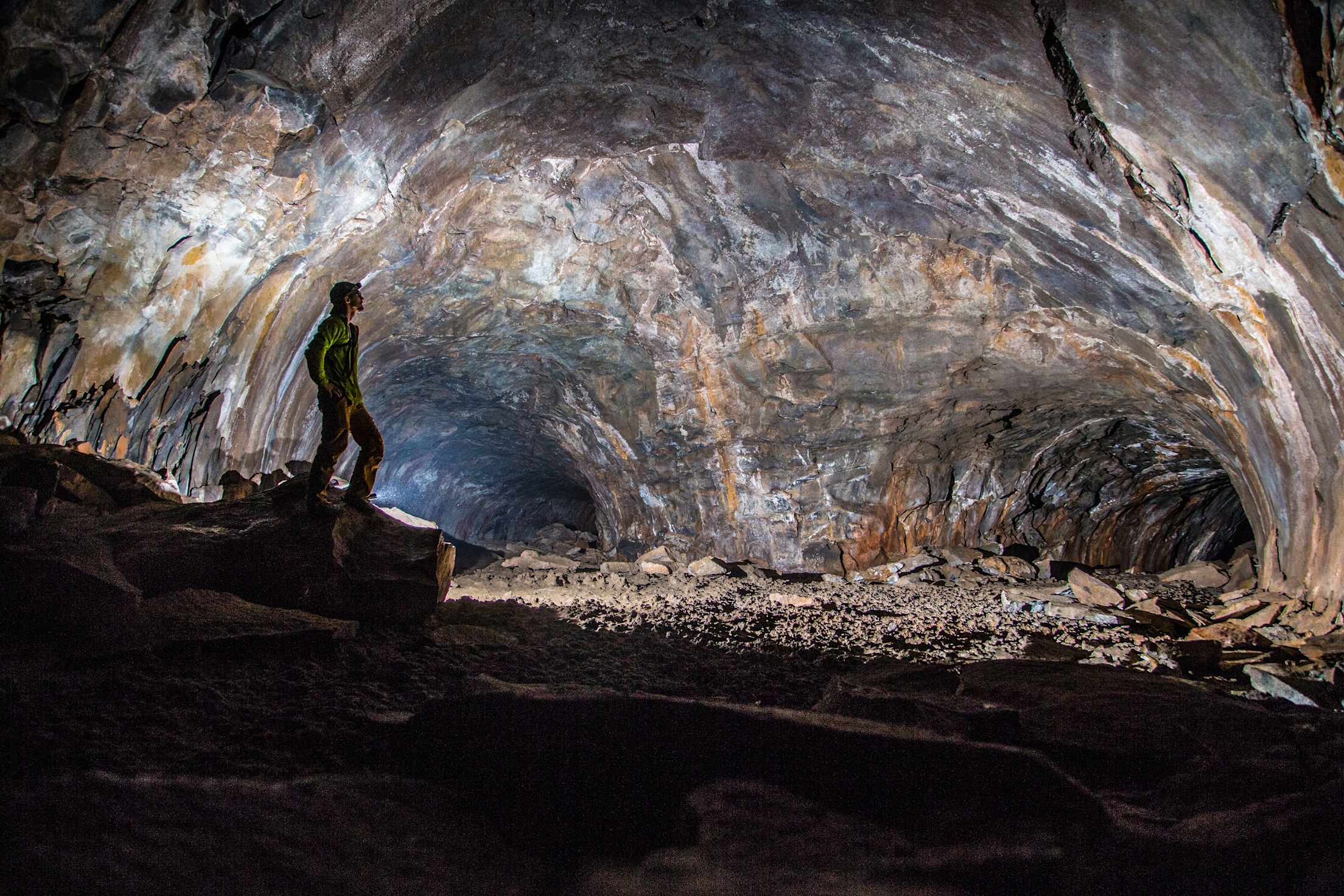
Off-the-Beaten-Path Summer Spots in Arizona
Escape the heat at these cool, lesser-known destinations.

Summer in Arizona brings the heat—literally. But that doesn’t mean you have to hide indoors in the air conditioning, or maneuver through masses of people at the state's most crowded tourist stops. From an expansive new national monument to remote stargazing sites, these unsung getaways offer refreshingly chill alternatives to the typical summer hotspots.
Explore space on a nighttime observatory tour.
Arizona has one of the highest concentrations of observatories in the world, and two of the most renowned are perched atop remote mountains, perfect for travelers escaping crowds and heat. In eastern Arizona’s Pinaleño Mountains, Mount Graham International Observatory offers full-day tours on summer and fall weekends (reservations are required). The excursion takes visitors on a 40-mile drive to the summit of this “sky island” that passes through five biomes, from desert to spruce forest. Your guide regales you with facts about the area’s natural history, including the most famous local resident: the endangered Mount Graham red squirrel. At the observatory, you’ll explore the Large Binocular Telescope, the Submillimeter Telescope, and the Vatican Advanced Technology Telescope, which supports scientific research conducted by the Catholic Church.
Southwest of Tucson (and typically 20 degrees cooler), Kitt Peak National Observatory hosts a variety of daily tours throughout the year. In the daytime, you can combine short tours of a solar telescope, the telescope used by pioneering astronomer Vera Rubin to establish the existence of dark matter, and the Mayall 4-meter Telescope, which helped scientists discover methane ice on Pluto. On the popular 4.5-hour nighttime tour, you’ll learn about astronomy, view astronomical objects with high-powered binoculars, and enter one of the domes to observe the galaxy through a telescope.

See epic views and discover Indigenous history at a national monument.
For decades, 12 Native American tribes—including the Havasupai, Hopi, Navajo, and Paiute—campaigned to protect their sacred homelands around Grand Canyon National Park from uranium mining and other developments. In 2023, President Joe Biden designated over 900,000 acres north and south of the national park as Baaj Nwaavjo I’tah Kukveni, Ancestral Footprints of the Grand Canyon National Monument.
Divided into three sections, these wildernesses encompass cliffside views of the Colorado River, vast woodlands and prairies, and striking stone formations in a dramatic desert. For much of the monument, you’ll need a four-wheel-drive vehicle and supplies, because there are no toilets, water, or food facilities.
The southern section is the most accessible and provides a relatively secret way of seeing canyon country. On the way to the Grand Canyon’s South Rim, veer off Highway 64 to Red Butte, a distinctive mesa rising above a grassland within the new national monument. Sacred to several tribes, this lava-capped formation figures prominently in the Havasupai creation story and is surrounded by the remains of tools and historic structures.
Further northeast, past the canyon’s touristy sites, you can stay on the national monument in rustic Hull Cabin, built in 1889 by sheep ranchers. From this secluded outpost, saunter parts of the Arizona Trail (sections 36 to 37) that wind through elk-filled ponderosa pine forest. Along the trail, climb to the top of Grandview Lookout Tower, a 1936 fire-spotting site that offers expansive views toward the Grand Canyon. From Hull Cabin, it’s an easy drive to less-crowded parts of the South Rim, such as Desert View Watchtower.

Hike, bike or fly-fish along the Coronado Trail National Scenic Byway.
In 1540, Spanish conquistador Francisco Vázquez de Coronado ventured into what is now eastern Arizona, seeking to plunder wealth from the legendary Seven Cities of Gold. He didn’t succeed. But by following in his footsteps on his namesake 120-mile highway, you’ll track down different treasures: cool summer temps, intriguing history, and verdant scenery.
The journey begins in Clifton, a historic mining town straddling the San Francisco River. Temporarily turn yourself in at the 1881 Clifton Cliff Jail, which was dynamited out of a granite mountain. Then cruise between crumbling edifices on Chase Creek Street before heading to neighboring Morenci, where you’ll drive through one of the nation's largest open-pit copper mines.
Soon the road switchbacks through craggy mountains sprinkled with scenic overlooks as it climbs to 9,100-foot-high Hannagan Meadow. Here, crisp conifer forests and wildflower-strewn grasslands are laced with streams and hiking trails. This pristine area’s only development is Hannagan Meadow Lodge, where you can stay overnight and arrange fly-fishing lessons, mountain bike rides, and guided hikes to nearby peaks and alpine lakes.
Continuing north, weave through sweeping meadows to Sipe White Mountain Wildlife Area to try to catch sight of mule deer, pronghorn antelope, bluebirds, herons, and more. The trip ends in Springerville, where you can clamber around a 13th-century pueblo on the rim of a shield volcano at Casa Malpais Archaeological Park and Museum.

Cool off in hidden caves and forests near Flagstaff.
This chill mountain town is a popular escape hatch for heat-weary Arizonans. But the area is blessed with so many attractions, it’s easy to flee the masses by heading out on less-crowded outdoor adventures. About 30 minutes northwest of town, Lava River Cave offers a super cool (literally) subterranean playground for kids and kids at heart. The 3/4-mile-long tunnel was formed by molten rock flowing from a volcanic vent at nearby Hart Prairie 700,000 years ago. Today, the temperature constantly hovers around a brisk 42 degrees. Bring sturdy shoes and at least two flashlights or headlamps to explore the cave’s bizarre geology, because if your lights go out, it will be pitch black.
About a 10-minute drive east of Flagstaff, Walnut Canyon National Monument preserves a forested gorge where Indigenous people lived for thousands of years, and the Sinaguan culture constructed cliff dwellings in the 1100s. If your legs are up for a Stairmaster-like workout, climb the 1-mile Island Trail’s 736 steps to peer into 25 cliff dwellings. Stroll the paved, easy 0.7-mile Rim Trail through a juniper and pine forest overlooking the dwellings. Then pop into a demonstration garden showcasing Sinaguan crops.
Within Flagstaff’s city limits but surprisingly little-known, Picture Canyon Natural & Cultural Preserve houses a critical riparian habitat for warblers and various waterfowl, as well as over 125 Sinaguan petroglyphs depicting animals and geometric designs. You can amble one of three easy trails to a waterfall, rock art panels, an ancient pit house, and interpretive signs telling the story of this underappreciated ecological haven.
Discover Members-only discounts on car rentals, hotels, and more.